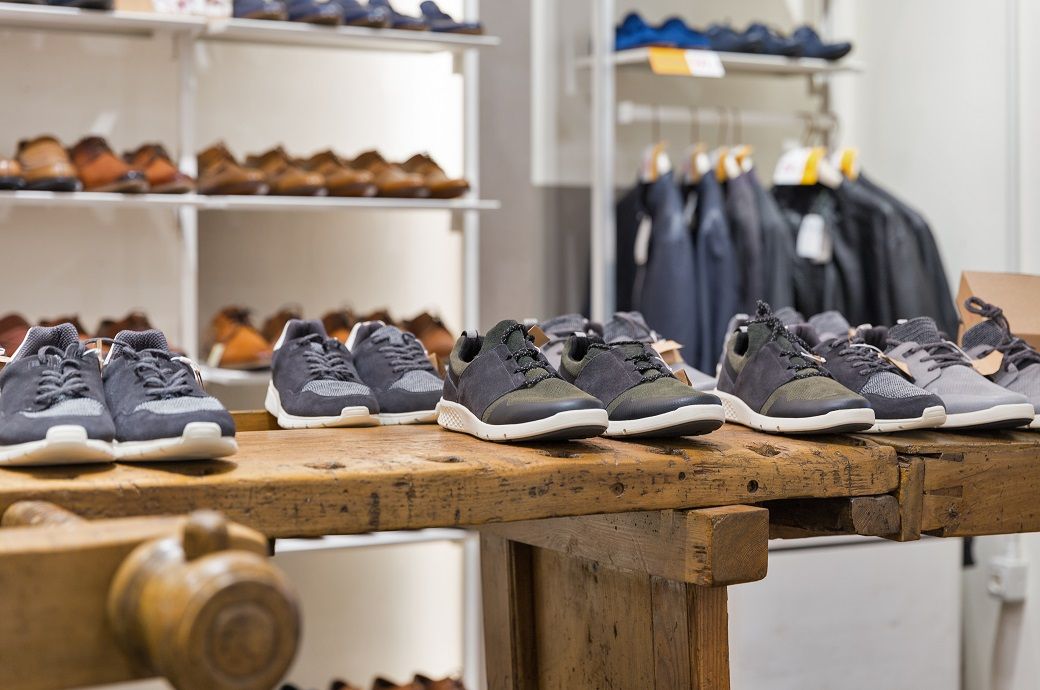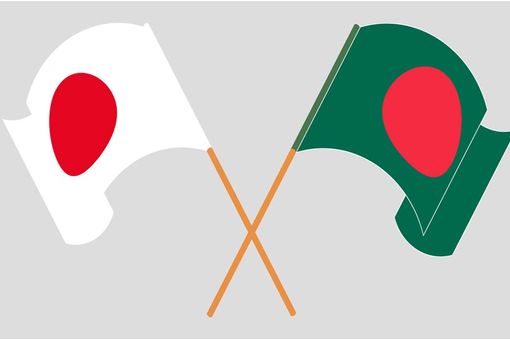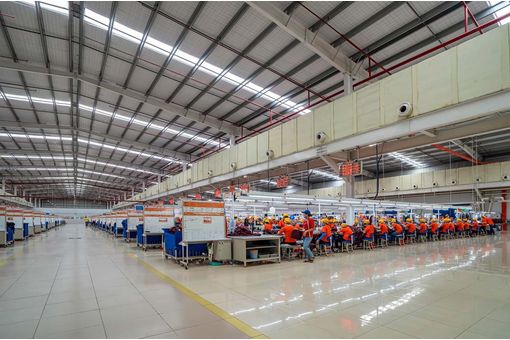India's footwear industry set to reach $90 bn by 2030: GTRI

Insights
- India's footwear market, valued at $26 billion, is forecast to reach $90 billion by 2030, driven by a surge in non-leather footwear demand and a shift in leather shoe production.
- India is the second-largest global footwear producer.
- The country's domestic spending on footwear is low, but trends show a growing preference for non-leather options.
Internationally, India stands as the second-largest global producer of footwear, contributing 13 per cent to worldwide production and holding a 2.2 per cent share in global exports. The country's forte lies in leather shoes, boasting $2.2 billion in exports in 2022 alone, according to the report titled ‘India’s Footwear Revolution: Marching Towards a $90 Billion Future’.
Domestically, the average Indian spends approximately $18.2 per person on footwear, a figure significantly lower than other major markets. Currently, leather shoes reign supreme in the Indian market, accounting for a 70 per cent share. However, this is set to change with the rising preference for non-leather footwear.
The industry, a major employer, provides jobs for about 4.42 million people, with women making up 40 per cent of the workforce. Investment in high-quality design and production facilities for non-leather shoes is crucial, along with protective measures for small firms.
Market trends indicate a shift towards non-leather footwear, influenced by younger, fashion-conscious consumers with increased disposable income. Additionally, the leather shoe segment is experiencing significant changes due to government regulations and quality control standards, impacting small-scale producers.
To spur industry growth, strategies such as reducing imports of finished shoes, promoting local production, attracting foreign contract manufacturers, and establishing footwear design, and R&D centres are needed. Managing imports under free trade agreements and regulating low-priced imports is also required.
Fibre2Fashion News Desk (DP)
































-Ltd..jpg?tr=w-120,h-60,c-at_max,cm-pad_resize,bg-ffffff)





.jpg?tr=w-120,h-60,c-at_max,cm-pad_resize,bg-ffffff)
.jpg?tr=w-120,h-60,c-at_max,cm-pad_resize,bg-ffffff)






